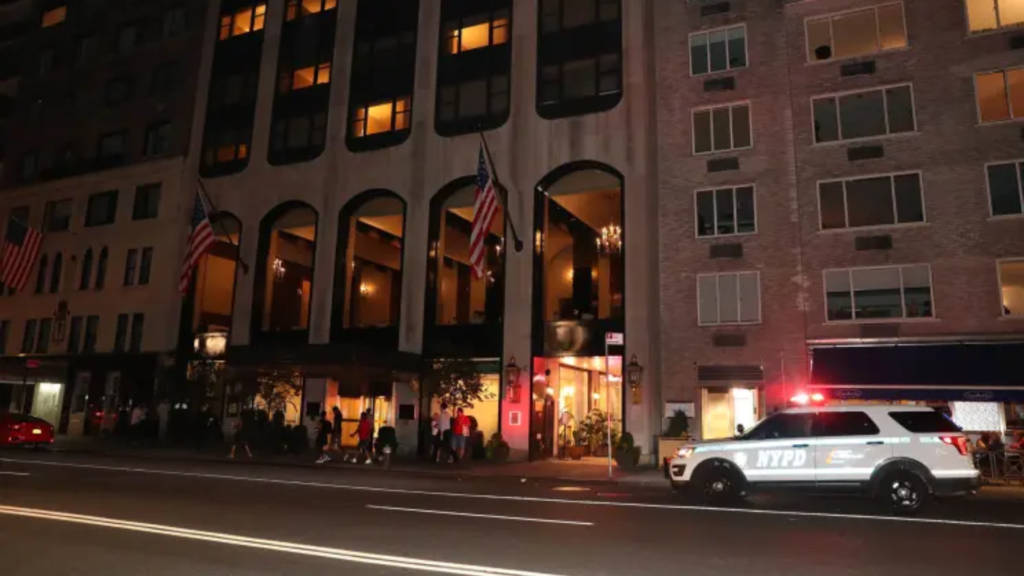
A serious accident involving a female Secret Service trainee occurred at the agency’s Rowley Training Center, resulting in a self-inflicted gunshot wound. The trainee was airlifted to a Baltimore hospital for emergency treatment after accidentally discharging her firearm and shooting herself in the leg.
According to Real Clear Politics’ Susan Crabtree, incidents like this are extremely rare within the Secret Service. However, a similar accident took place in September, when a male agent also suffered a self-inflicted gunshot wound. There has been no official update on the trainee’s condition following the latest incident.
Mishandling a firearm carries serious consequences within the Secret Service, especially for recruits. A source from the agency told Crabtree that unsafe weapons handling is considered a major violation, often leading to immediate disqualification or dismissal during training. For career agents, such an incident would likely result in formal disciplinary action.
Concerns over firearm safety within the agency have reportedly increased in recent years. Some believe the switch from the SIG 357—a weapon known for being user-friendly—to the Glock 9mm may have contributed to more accidental discharges.
While previous incidents did not involve self-inflicted wounds, the change in firearms has sparked discussions about whether agents are being properly trained on the new platform.
This accident also comes at a time when the Secret Service is facing mounting scrutiny over its policies and leadership. Following two assassination attempts against Donald Trump, whistleblowers and critics have pointed to internal issues that may have compromised the agency’s effectiveness.
An online petition began circulating even before these events, raising concerns that certain policy changes had weakened the agency’s preparedness and training.
One of the most controversial policies under the Biden administration was the implementation of the 30×30 initiative, which former Secret Service Director Kimberly Cheatle signed onto.
This nationwide diversity effort aimed to increase the number of female law enforcement officers to at least 30% by 2030. Proponents of the initiative argued that greater female representation would enhance policing, as studies suggest women use force less frequently and de-escalate conflicts more effectively.
However, critics have raised concerns that prioritizing diversity quotas over merit-based recruitment and training could undermine the agency’s overall effectiveness.
Some whistleblowers have alleged that in an effort to meet these hiring goals, training standards may have been relaxed. By the time Cheatle left her position, female agents and uniformed officers made up 24% of the Secret Service workforce—just six percentage points short of the initiative’s goal.
As the Secret Service continues to be scrutinized for recent security failures, this latest accidental shooting raises further questions about training protocols and whether certain policy changes have contributed to declining standards within the agency.
The incident is expected to add to the broader debate over the agency’s preparedness, leadership, and operational effectiveness in the face of growing security challenges.

